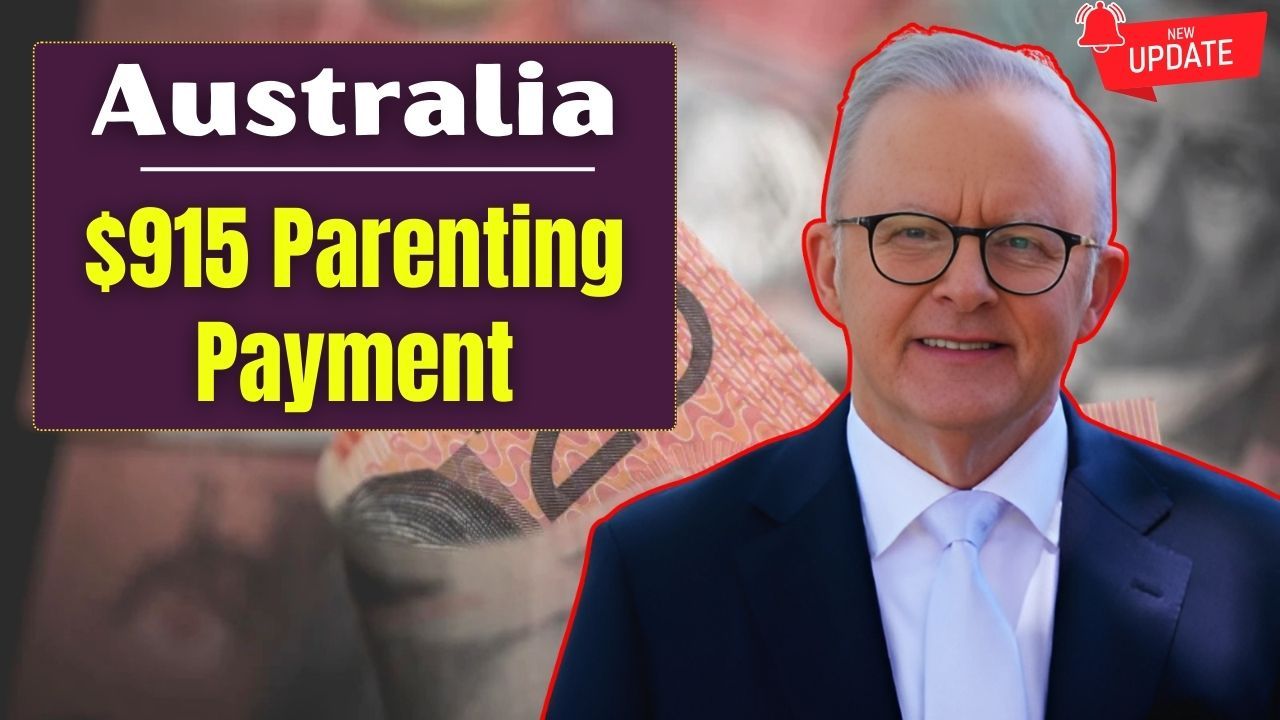In 2025, the Australian Government has officially increased the base Parenting Payment to $915 per fortnight for eligible single parents, bringing renewed focus to one of the nation’s most critical welfare support programs.
Designed to provide financial assistance to parents with young children, the Parenting Payment is especially important for single-parent households balancing care responsibilities with limited or no income.
The 2025 update includes not only a rise in the payment amount but also revised eligibility and asset test criteria that may affect both new and current recipients.
Understanding the Parenting Payment Increase in 2025
The updated $915 fortnightly rate applies to single principal carers—usually single mothers who are raising a dependent child under a specific age limit. This increase reflects cost-of-living adjustments and broader welfare reform efforts by the government aimed at providing more equitable support to low-income families. For partnered parents, the payment rate remains lower and is based on joint household income and other shared resources.
The Parenting Payment is non-taxable and paid by Centrelink through Services Australia. It aims to support parents until their youngest child reaches a certain age, at which point recipients may be moved onto other payments such as JobSeeker, depending on their circumstances.
Revised Eligibility Criteria and Age Rules
To qualify for the Parenting Payment in 2025, the applicant must be the primary carer of at least one child. For single parents, the child must be under the age of 14, following the July 2023 extension from the previous cut-off age of 8. For partnered parents, eligibility typically ends when the youngest child turns 6.
Applicants must be Australian residents and meet mutual obligation requirements, which can include attending appointments, job-seeking, or participating in approved education or training. Some exemptions may apply based on caregiving load, disability, or domestic violence concerns.
New Income and Asset Test Thresholds
Alongside the payment rate increase, the government has adjusted income and asset thresholds to ensure fairness and reduce overpayments. Income testing determines how much Parenting Payment a person can receive and at what rate. Any income above the free area reduces the payment at a taper rate, meaning partial payments are still possible even if the applicant earns some income.
The latest thresholds for 2025 are summarised below:
| Household Type | Income Free Area (per fortnight) | Cut-off Point | Asset Limit (Homeowner) | Asset Limit (Non-Homeowner) |
|---|---|---|---|---|
| Single parent | $208 | ~$2,355 | $301,750 | $543,750 |
| Partnered (combined) | $208 | ~$2,086 | $451,500 | $693,500 |
Assets include savings, property (excluding your primary residence), investments, and vehicles. Centrelink uses these values to determine whether a parent qualifies for full or part payments. Asset and income declarations must be updated regularly to avoid penalties or overpayment debts.
The Real-Life Impact on Australian Families
For many families, especially single-parent households, the increase to $915 provides not just financial assistance but emotional relief. Many recipients have shared that the updated payment helps cover essentials like school supplies, food, clothing, and rising utility bills. It also improves their capacity to stay in stable housing or afford rent increases.
However, advocacy groups note that while the increase is welcome, it may still fall short of bridging the gap between poverty and stability for many low-income households. A growing number of parents are also juggling care responsibilities with part-time jobs or study to meet mutual obligation requirementsn adding stress and time pressure.
Nonetheless, the Parenting Payment remains a critical safety net that continues to evolve in response to social and economic realities. As cost-of-living pressures continue, further reforms may be on the horizon.



